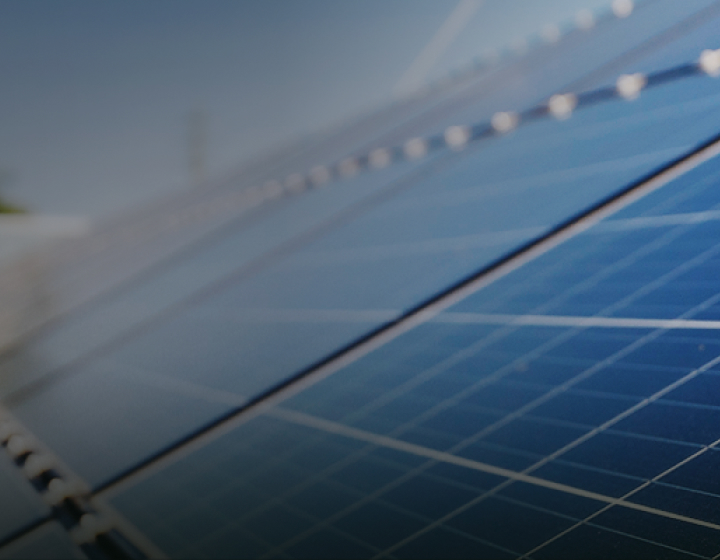A Window of Opportunity: Quantitative Analysis of the Production Capacity of Key Components in the Korean Offshore Wind Supply Chain
Effective strategies for supporting the offshore wind supply chain industry require quantitative data on supply-demand gaps. To address this, this study employed a bottom-up approach to quantify the production capacities of domestic offshore wind supply chain companies and established a comprehensive database. Based on this database and current market conditions, respective supply and demand scenarios were developed.
-->
? Content
Analyzing the component-specific supply-demand gaps across combined supply and demand scenarios revealed that substructures, cables (static array and export), and mooring lines exhibit sufficient production capacity to meet or exceed projected demand in almost all scenario combinations. However, significant shortages are projected for turbine system components (nacelles, blades, and towers) in most scenarios. Notably, the most severe supply deficits involve the 15 MW-class turbine system,which could experience shortages as early as this year. Additionally, dynamic array cables for floating offshore wind currently have no production capacity domestically, leading to anticipated shortages beginning next year.
Estimating the investment required to address the component-specific supply-demand gaps identified above, solely through expansion of domestic production capacity, revealed that additional facility investments ranging from a minimum of KRW 2.31 trillion to a maximum of KRW 3.04 trillion would be needed, depending on the demand scenario. To rapidly close these supply gaps, the government should facilitate timely investment through proactive financial support and by establishing a long-term offshore wind deployment roadmap.
The purpose of this study is to provide a quantitative basis for systematically formulating strategies to support the offshore wind supply chain industry. As the first foundational research applying a scientific methodology to establish domestic offshore wind supply chain support strategies, this study is expected to serve as a guideline for determining specific timelines and financial support requirements in future policy formulation.
document.addEventListener("DOMContentLoaded", function() {
document.title = "NEXT group | A Window of Opportunity: Quantitative Analysis of the Production Capacity of Key Components in the Korean Offshore Wind Supply Chain";
document.querySelector('meta[property="og:title"]').setAttribute("content", "NEXT group | A Window of Opportunity: Quantitative Analysis of the Production Capacity of Key Components in the Korean Offshore Wind Supply Chain");
let metaDescription = document.querySelector('meta[name="description"]');
if (!metaDescription) {
metaDescription = document.createElement("meta");
metaDescription.name = "description";
document.head.appendChild(metaDescription);
}
metaDescription.setAttribute("content", "A Window of Opportunity: Quantitative Analysis of the Production Capacity of Key Components in the Korean Offshore Wind Supply Chain");
});
2025.04.02 / Eunsung Kim et al
Views 1537



